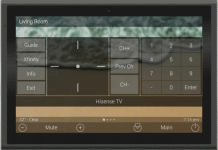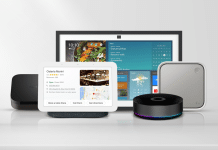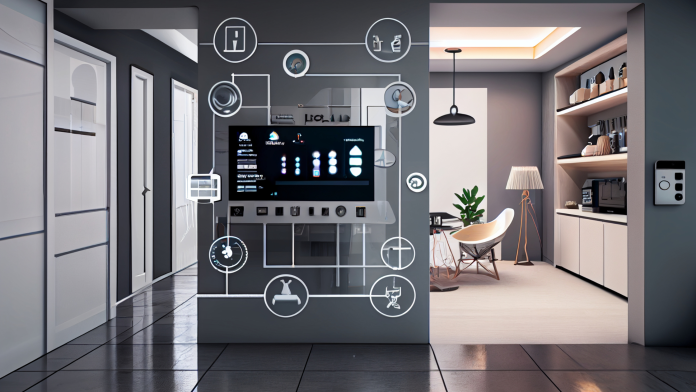
In 2024, Smart Technology and Automation will continue their meteoric rise, reshaping industries and our daily lives. This year, from AI-driven assistants to interconnected IoT devices, will see unprecedented integration and innovation. Yet, challenges like cybersecurity and ethical considerations loom large. Smart Home World, explores the transformative trends.
New Year brings a wave of optimism across various sectors, and it is no different when it comes to technology and automation, where the pace of innovation is unmatched. Technology has seamlessly woven itself into the fabric of daily life, no longer confined to the elite class. Smart technology, home automation, and smart lighting are now tailored and priced for widespread adoption.
The recently concluded CES 2024 and ISE 2024 introduced new technologically advanced products in various segment that indicates this industry at large is poised for significant transformation driven by key technological trends. Right from Artificial Intelligence (AI) and Machine Learning (ML) that are set to revolutionize processes to the Internet of Things (IoT) and Industrial IoT (IIoT) that are here to facilitate real-time monitoring and control.
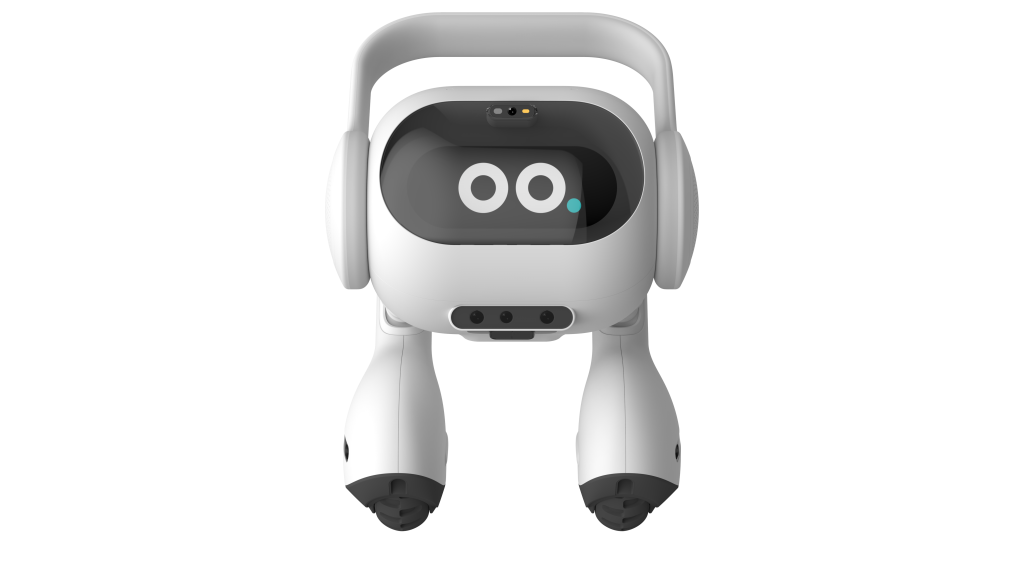
It is foreseen that Edge Computing will minimize latency, while cybersecurity measures will be strengthened to safeguard critical infrastructure. Augmented Reality (AR) and Virtual Reality (VR) technologies will enhance training and maintenance, and sustainability initiatives will drive the adoption of green technologies. While Digital Twin technology will enable predictive maintenance and scenario planning. This convergence of trends promises progressive leaps and transformations in the coming years.
Smart Home World, broadly identifies trends for home automation, smart technology, smart lighting, and more…
Increased use of Artificial Intelligence (AI)
The increasing use of home artificial intelligence systems is a major smart home technology trend. The machine learning component of artificial intelligence will enable it to analyze data collected by sensors and predict required actions even before the homeowner activates the command. Artificial intelligence, for example, can turn on the heating and order groceries from the nearest store, taking AI home automation to the next level.
The computer vision could allow a Samsung Family Hub to identify products in the fridge and create a shopping list or voice-controlled smart devices to understand speech using NLP engines. AI is used in such systems to improve the user experience for smart home residents. Residents of smart homes can use AI to play music, update their to-do lists, turn lights on and off, and much more.
Growing Adoption of IoT (Internet of Things)
A recent report by Expert Market Research (EMR) reveals the Internet of Things (IoT) market may witness major growth from 2024 to 2032. Currently, the segment is growing at 15.9% every year and it is mainly because more people are using connected devices. Moreover, the Wi-Fi technology is getting better gradually.

The adoption of Internet of Things (IoT) technology services is accelerating. IoT devices will become even more advanced, and we will see many more examples of their use. One possible implementation is doors with smart locks that unlock automatically when they recognize the homeowner’s face. IoT is the most exciting smart home trend that significantly innovates our daily routines.
IoT devices have become ubiquitous across various domains, with popular applications spanning smart homes, wearables, and smart cities. In smart homes, devices like Amazon’s Alexa, smart thermostats, lighting systems, locks, and security systems offer convenience and security. Wearables, including smartwatches and fitness trackers, monitor daily activities and fitness goals.
Robots in Smart Homes
Robots made their way into homes through simple innovations such as robotic vacuum cleaners and lawnmowers. However, advances in artificial intelligence have enabled far more advanced features, such as cooking, cleaning, and performing simple household tasks by robots. Smart home robots, in particular, can be household helpers for the elderly and people with disabilities. Recently at ISE 2024 LG Electronics (LG) unveiled a smart home AI agent that boasts robotic, AI and multi-modal technologies that enable it to move, learn, comprehend and engage in complex conversations. With its advanced ‘two-legged’ wheel design, LG’s smart home AI agent can navigate the home independently. Speaking at the Press Conference Lyu Jae-cheol, president of LG Electronics Home Appliance & Air Solution Company is quoted saying, “Our groundbreaking smart home AI agent combines cutting-edge autonomous mobility and AI technologies with advanced communication capabilities and services to help free customers from household chores’ will continue to help customers experience a smarter, more enjoyable life at home.”
Integration with Voice Assistants
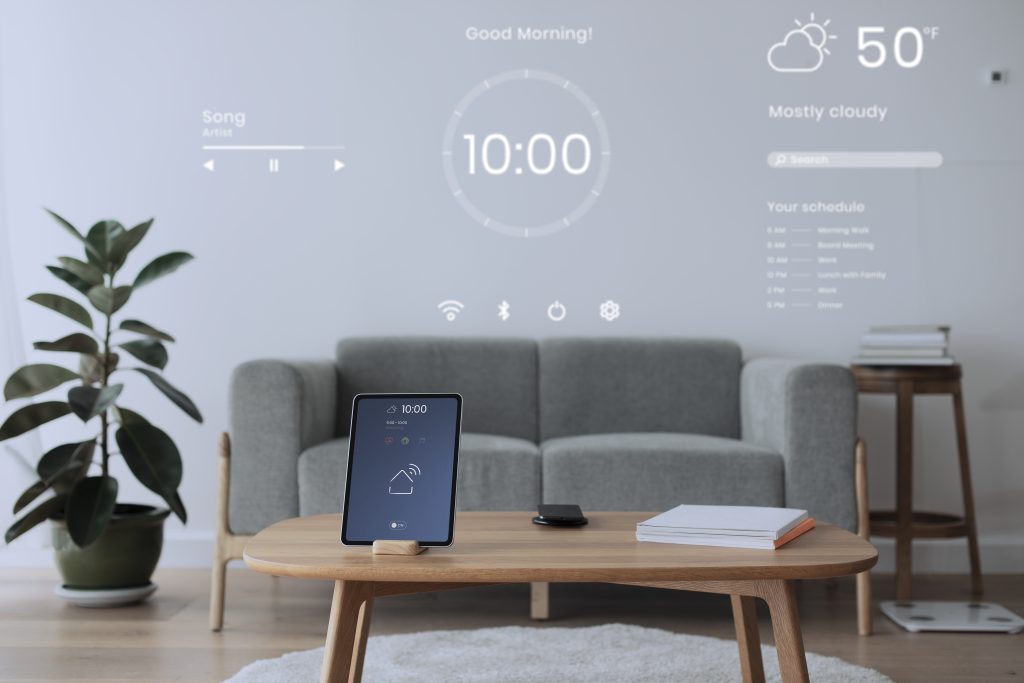
There is a huge demand for products that can be integrated with voice assistants. This is another effective way to solve the connectivity issue and add voice control to any smart home device. Enabling Amazon Alexa or Google Assistant has been happening at an unprecedented rate in recent years. Smart lightings such as Philips’ Hue family, thermostats such as Ecobee, furniture such as coffee tables by 37°C Smart Home, kitchen appliances such as ChefSteps Joule, security systems such as Logitech cameras and Yale locks, and even vehicles such as Audi and Lexus models are among the adapters.
Adding his insight Parag Gupta, Director and Country Manager, Amazon Devices, India says, “Since we launched Alexa and Echo smart speakers in India, the smart home sector has evolved significantly, and voice technology has played a massive role in this. Customers can easily set up a smart home by getting a compatible smart bulb and instantly control with Alexa, or get a smart plug to automate existing appliances. More people are seeing how setting up a smart home is not as complex as they had imagined. We’re encouraged by this growing trend and are excited to continue innovating on behalf of our customers. With the rising selection of smart home devices that work with Alexa, I am excited to see more Indians adopt the smart way of living.”
Trends in Intelligent Lighting Systems
The future of lighting systems lies in wireless lighting controls. Their benefits are numerous, from easy installation to centralized control and monitoring, and flexibility. Retrofitting existing buildings with wireless controls is preferred by many architects and interior designers. As more buildings become smart and connected, these innovative solutions are gaining popularity for their convenience, cost-effectiveness, and scalability. Indeed, wireless controls are revolutionizing the way we manage lighting.
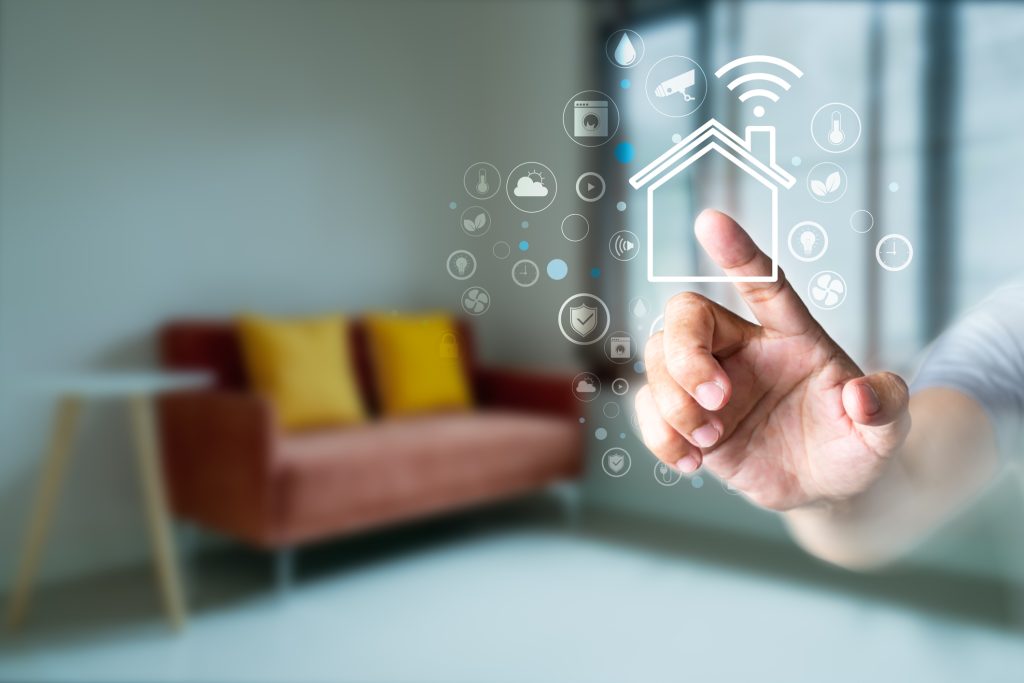
It is foreseen that the lighting controls industry will see a significant increase in the use of data analytics and AI technologies. These tools will enable lighting systems to be optimized, reduce energy consumption, and provide valuable insights into occupant behavior. The process of retrofitting these solutions will be simple and cost-effective. The future of lighting systems lies in leveraging data analytics and AI to deliver maximum efficiency and sustainability.
Shift Towards Automate Lighting
With the emergence of smart and automated lighting management solutions, the lighting controls industry is set to undergo substantial growth. These advanced controls offer features like scheduling, occupancy sensing, plug load controls, demand response, and daylight harvesting, resulting in enhanced efficiency and reduced energy costs for buildings. The integration of sensors, wireless communication, and digital controls enables remote monitoring and management of lighting systems, providing added convenience and control. As the trend towards intelligent lighting controls gains momentum, we can expect further innovation and adoption in the industry over the next few years.
Increasing Popularity of Human-centric Lighting
Over the years, it has been seen there is a growing demand for the use of human-centric lighting solutions within the lighting controls industry. The trend towards creating lighting systems that align with the natural 24-hour cycle of daylight is driving the development of advanced lighting control solutions, which offer colour tuning capabilities. The numerous benefits of colour tuning on human well-being, productivity, and mood are widely recognized, making it an increasingly popular feature in lighting control systems. Therefore, we can expect to see more buildings incorporating colour-tuning technology in their lighting systems, enhancing the overall well-being and productivity of occupants.
Lighting Controls Integration with BMS
The integration of lighting controls with Building Management Systems (BMS) is rapidly gaining popularity. This approach offers a centralized management system for all building systems, including lighting, HVAC, and security, through a single platform. With this integration, building managers can remotely monitor and control lighting systems, optimize energy consumption, and enhance occupant comfort and productivity. The growing adoption of Internet of Things (IoT) technologies is driving this trend, enabling seamless communication and integration between building systems.
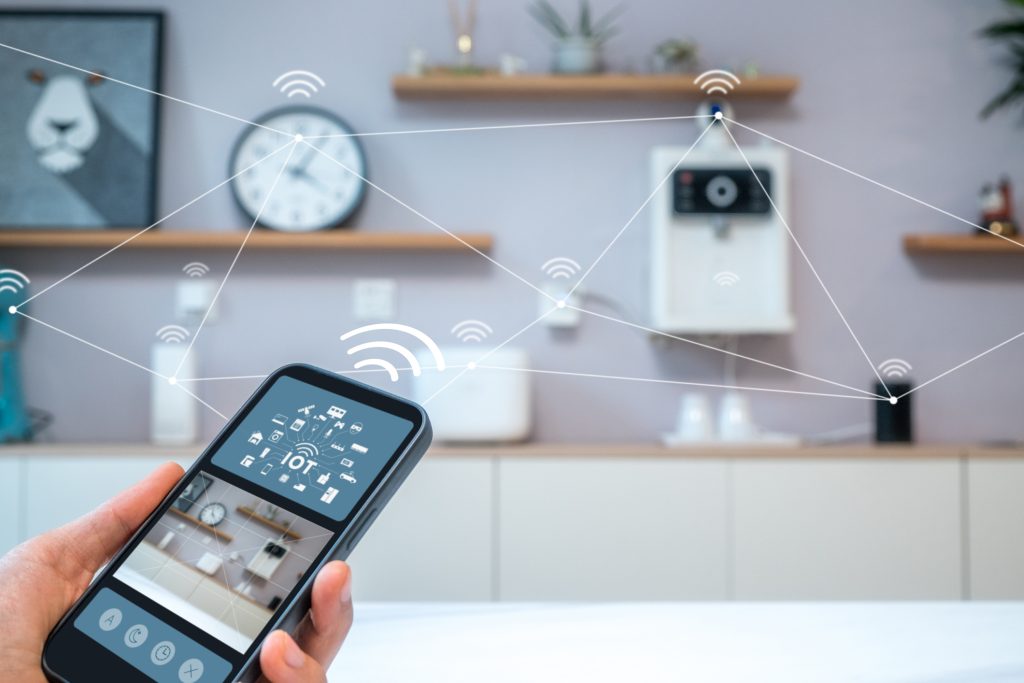
Growing popularity of Personalized Health Management
Within the healthcare industry, there is a growing development of products focused on individual human health. To this end, personalized health management incorporates a range of innovative technologies to deliver care at home. Some of these technologies include health monitoring, sleep tech, smart pet care, and smart health appliances. Smart health monitoring enables emergency detection, illness diagnosis, and fall detection, applications that particularly help senior or chronic disease patients. Another technology that boosts personalized health management is sleep tech. Focusing on improving the sleep experience, smart appliances were developed for health condition tracking and improving sleeping habits. Touchless technologies provide an ability to operate without physical contact and have innovations like touchless floor cleaning, touchless hand sanitizing, and touchless doorbells.
Next Generation Entertainment
Many smart home technologies are customizable to fit the homeowners’ needs. Next-generation entertainment, including smart home customization and intelligent entertainment systems, is another major smart home trend. To provide the ability for customized living spaces, AI and AR-based furniture reconfigurable materials. Reconfigurable furniture materials based on artificial intelligence and augmented reality have been developed to enable the individual design of living spaces. Smart cushions and furniture change colour, fabric, and texture using augmented reality. The next-generation gaming is providing another level of in-house entertainment experience. IoT video streaming, mood-sensing music, and virtual interactive displays are a part of the entertainment ecosystem that strives to help homeowners relax and have fun in their free time.
Intelligent Energy Management
The use of multiple connected home devices and other appliances often results in high energy consumption. To avoid this, smart energy management ecosystems control and automate energy usage. Energy management appliances improve energy consumption and storage efficiency. For example, load monitors, smart energy meters, energy portals, and decision support tools improve intelligent energy management. These appliances process collected information and provide an overview of the current consumption, share insights, and make predictions, suggesting the optimal energy distribution at homes.

Future Vision
Tiago Rodrigues, CEO of the Wireless Broadband Alliance elaborating on the WBA Annual Industry Report 2024, reveals the “New IoT technology will help unify connectivity across multiple home devices, transforming home users’ experience with IoT devices. Matter— a new industry standard launched in 2023 provides reliable, secure connectivity across multiple device manufacturers. Given the weight of players involved (e.g., Apple, Amazon, Google, Samsung SmartThings), we expect the adoption of Matter-certified products will be exponential in the next three years, validating Wi-Fi’s central role in the smart connected home and buildings.”
The abundance of smart home products available today offers options to suit every homeowner and renter seeking to enhance their living space. Whether it’s simple IoT devices or comprehensive setups, there’s a smart home solution for everyone. These innovations simplify the way we interact with technology in our homes, making tasks more efficient and living spaces more comfortable. As the smart home market expands, the possibilities for customization and integration will only grow, empowering individuals to create homes that reflect their unique needs and preferences. Embracing smart home technology opens doors to a more convenient and connected living experience, transforming homes into truly intelligent/Smart Homes.
Click here to read full February issue – https://www.smarthomeworld.in/magazine-february2024/



